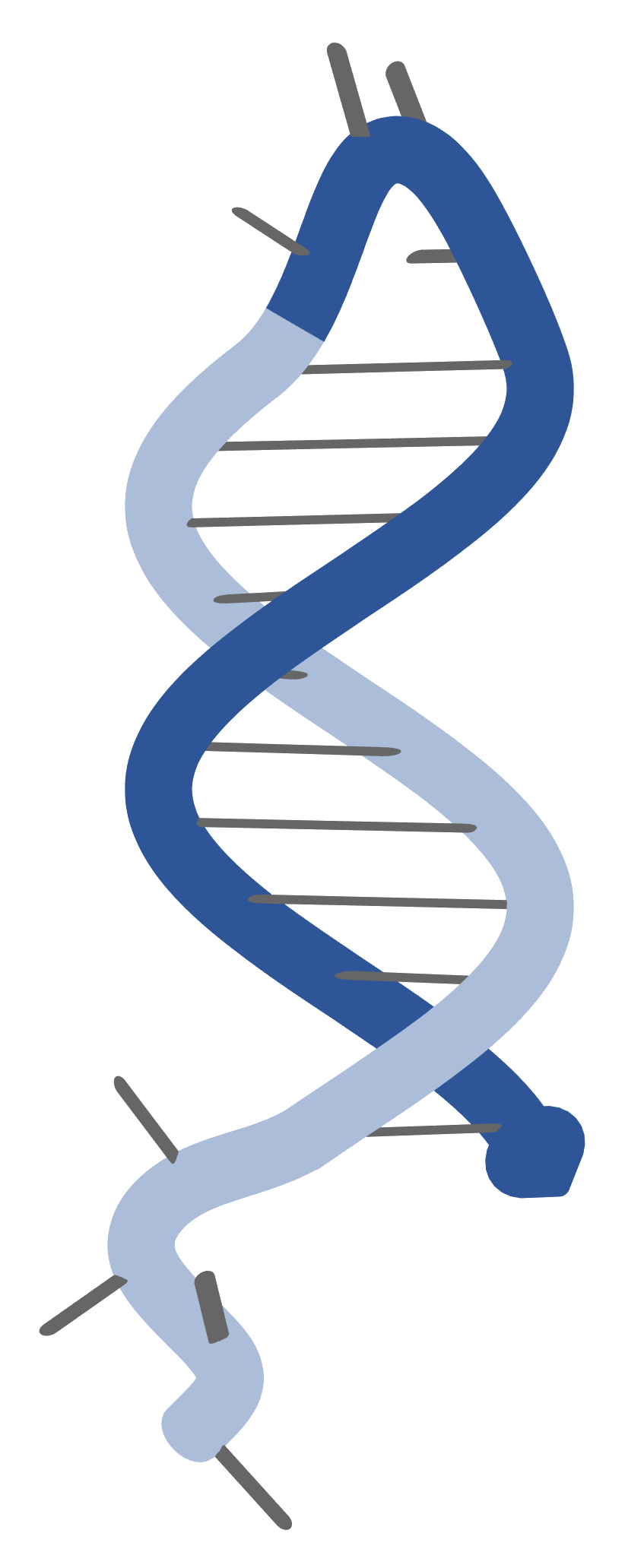|
Frequently Asked Questions (FAQ) Can I use my existing HCR RNA-FISH (v3.0) probe sets and amplifiers with HCR IF probes to perform simultaneous RNA and protein imaging using HCR RNA-FISH/IF?
Yes! Just make sure to use a different HCR amplifier and fluorophore (e.g., B1-647, B2-594, B3-546, ...) for each target RNA or protein in a multiplex experiment.Are HCR amplifiers interchangeable between HCR RNA-FISH (v3.0) and HCR IF experiments?
Yes! The amplifiers (B1, B2, ...) are interchangeable between HCR RNA-FISH (v3.0) and HCR IF experiments. Likewise, HCR amplification buffer can be used for HCR RNA-FISH (v3.0), HCR IF, and HCR RNA-FISH/IF. What probe set size do you recommend for HCR RNA-FISH?
What comes in an HCR RNA-FISH v3.0 kit?
Can I omit one or more items from a kit?
Yes. Select "None" for the scale of any item you wish to omit.What are the differences between Validated Kits and Custom Kits for HCR RNA-FISH v3.0?
What do I order for a multiplex experiment?
Order one kit per target mRNA with distinct amplifier (B1–B5) and fluorophore (Alexa488–Alexa647).Can I mix and match HCR amplifiers and Alexa Fluors?
Yes. You can order any of five HCR amplifiers (B1, B2, B3, B4, B5) with any of five fluorophores (488, 514, 546, 594, 647). For 10-plex experiments, you can order the following amplifier-fluorophore combinations (B1-Alexa405, B2-Atto425
B6-Alexa488, B9-Alexa514, B7-Alexa546, B10-Alexa594, B8-Atto633, B3-Alexa700, B5-Alexa750, B4-iFluor800). Contact support to request an alternative fluorophore.
Can I order an HCR amplifier with a custom fluorophore?
Yes. For an off-catalog fluorophore, select Sample: “generic” and Amplifier Scale: “3 nmol” and note the desired fluorophore in the “Comment” field. We will adjust the price (if needed) depending on the cost of the dye. If desired, we can distribute the dye over up to 3 HCR amplifiers (e.g., B1, B2, B3).I’ve never used HCR – how should I get started?
Start with a validated v3.0 kit if possible (e.g., for a fluorescent protein mRNA). Otherwise, order a custom v3.0 kit for a high- or moderate-copy target (default: probe set with 20 split-intiator probe pairs). How long does hybridization for five target mRNAs take?
The same amount of time it takes for one target mRNA. We favor a 36-hour protocol that includes two overnight incubations, enabling the researcher to maintain a normal sleep schedule.Is Molecular Technologies a company?
No. It's a non-profit academic resource within the Beckman Institute at Caltech.Do you want to see our research images?
Yes! We are always excited to see images from your research and hear about your latest discoveries so please keep sharing!What if I have other questions?
Please contact the Molecular Technologies Team. |

|
|
